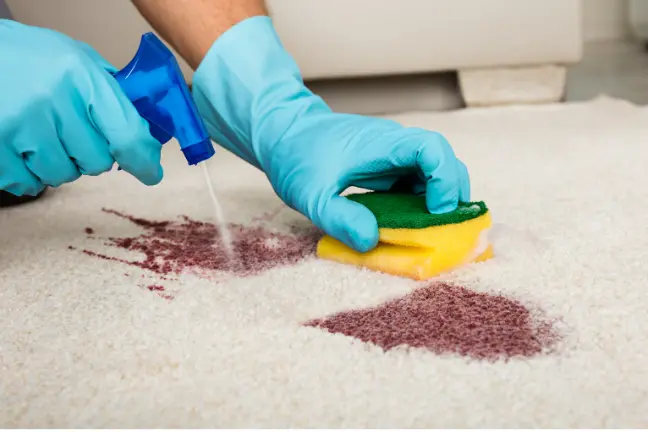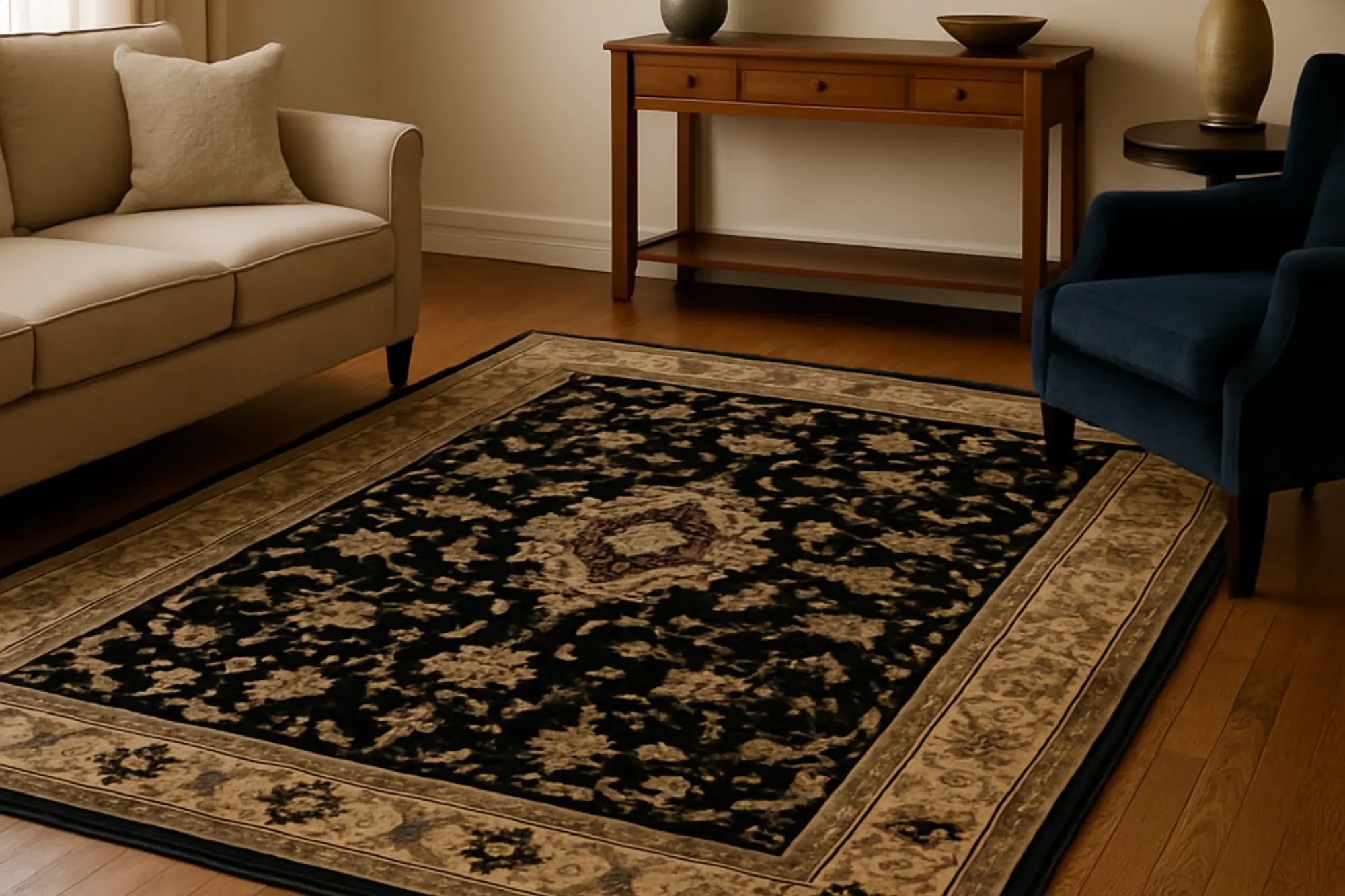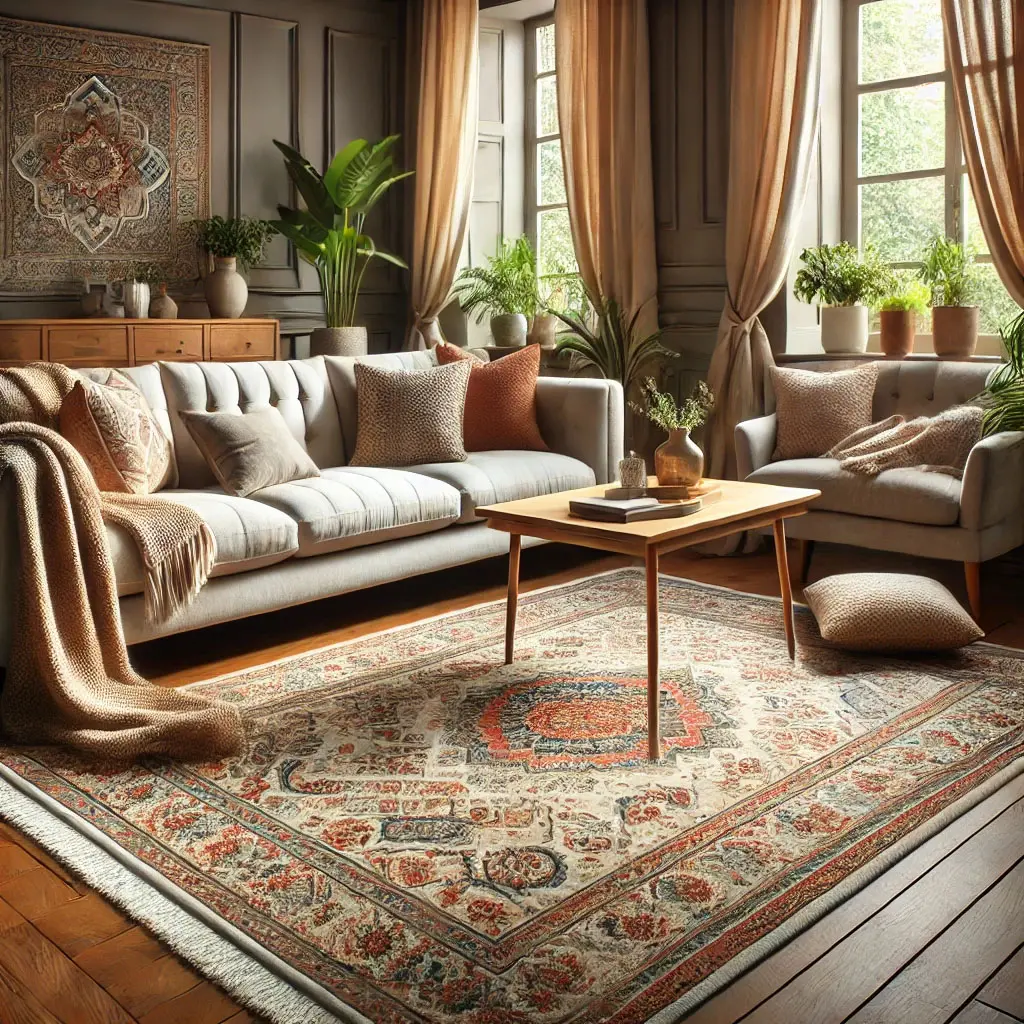Why Oriental Area Rugs Have Abrash?
Why Great Oriental Area Rugs Have Abrash?

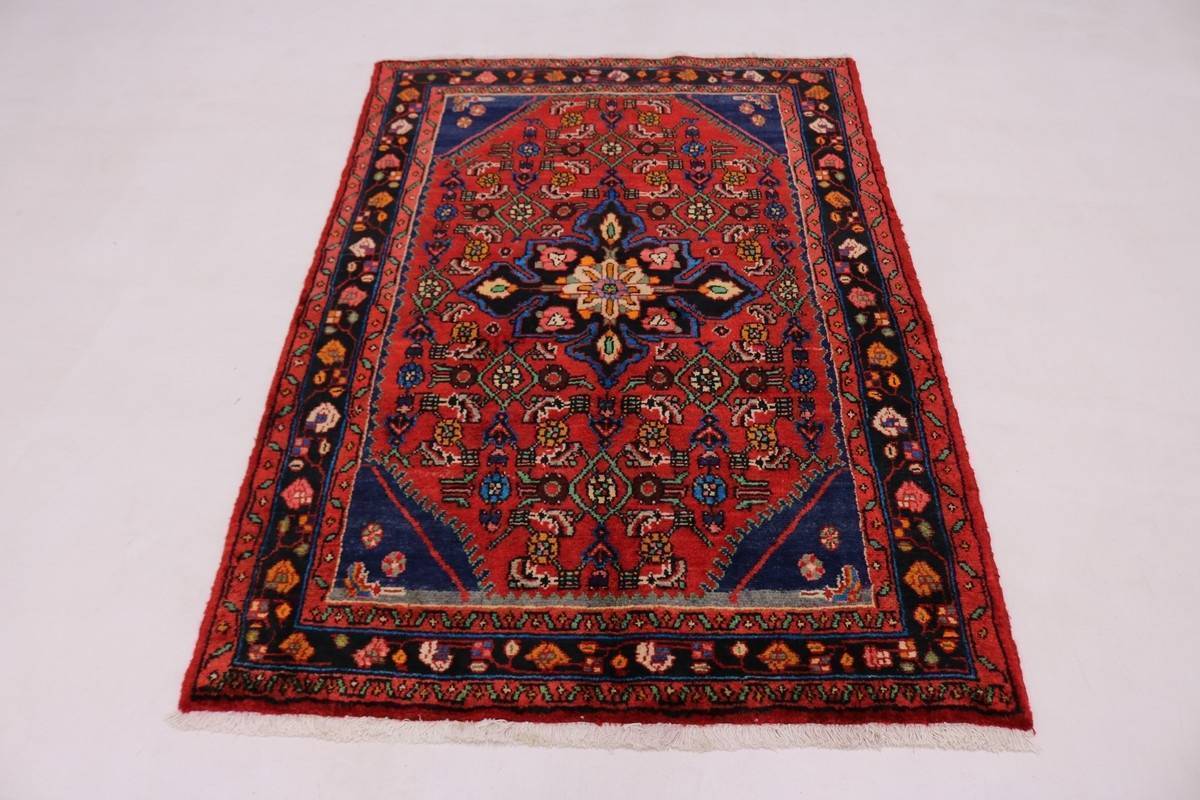 Abrash is the term used to express the color variations and different shades in authentic antique Oriental rugs , especially the ones weaved under tribal or nomadic settings. When buying genuine Oriental rugs you will notice that one of their special characteristics is their imperfections, this is undoubtedly what makes these rugs so valuable, their artistic handmade level and unique designs for each one of them, which is what originally set them apart from industrial manufacturing and constant reproduction of just one design.
Abrash is the term used to express the color variations and different shades in authentic antique Oriental rugs , especially the ones weaved under tribal or nomadic settings. When buying genuine Oriental rugs you will notice that one of their special characteristics is their imperfections, this is undoubtedly what makes these rugs so valuable, their artistic handmade level and unique designs for each one of them, which is what originally set them apart from industrial manufacturing and constant reproduction of just one design.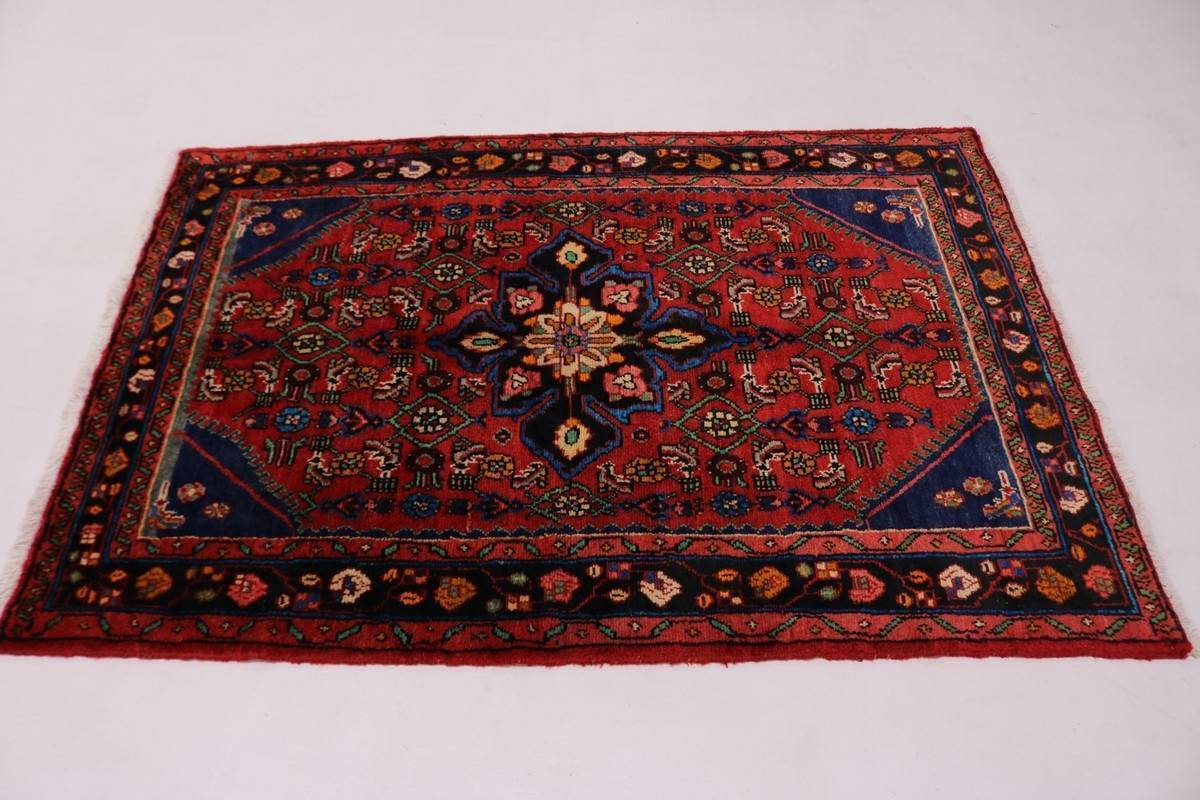
Abrash enhances the beauty of handmade Oriental area rugs and is highly desirable. It is visible only in wool dyed with natural dyes and is handspun. Real abrash is difficult to find nowadays because different artificial methods are used to produce it. The reason behind this is the minimal use of natural dyes and more emphasis on using artificial dyes for coloring the wool. Few rug lovers place great value on this and give a high price for purchasing the rugs with real abrash.
The hand-spun wool possesses fibers that vary in diameter naturally. As a result, different fibers absorb dyes to different extents and the overall colors differ slightly. This difference becomes more visible when all natural dyes are used. Due to the natural dyes, the dye lots vary and are never similar to each other.
There are certain factors accounting for abrash and vary on the basis of religion, culture, and lifestyle or sun exposure.
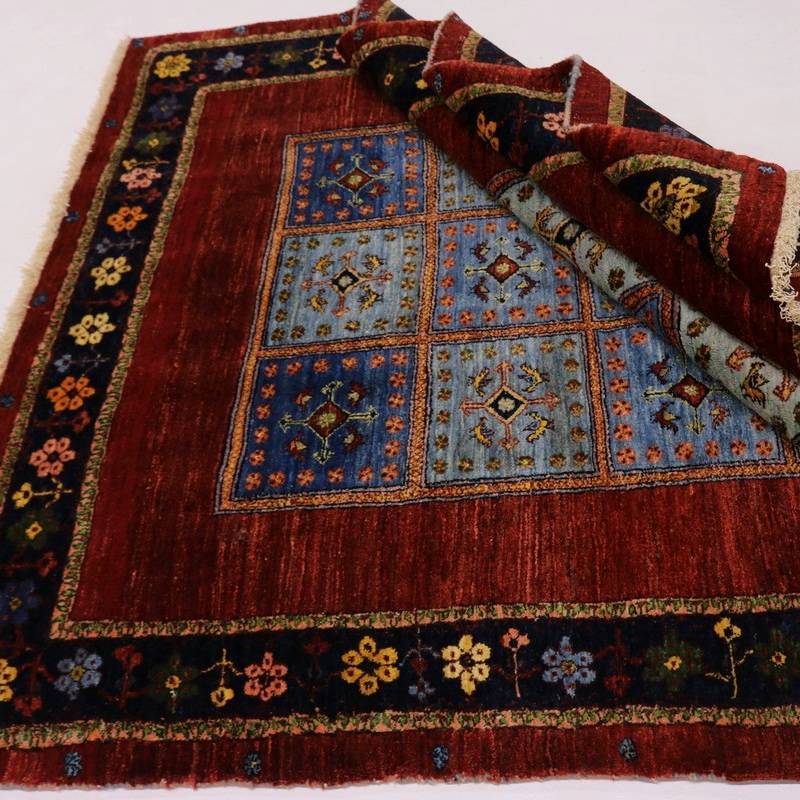 Intentional Abrash
Intentional Abrash
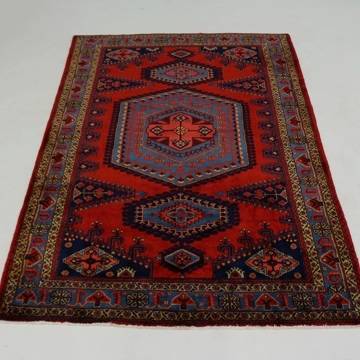
It is believed and accustomed by the nomads that man is imperfect and has a tendency to make mistakes while Allah is omnipotent as well as perfect. It is quite natural and common to be imperfect as a human being and this is reflected in weave area rugs. This a true reflection that Allah is superior to man and man can make intentional mistakes at all times. Intensional abrash could also be a creative effect or personal expression from the artisan/weaver.
Inconsistency in dye lots & Wool Spinning procedure
The nomadic dye with the help of vegetable dyes mixed in small proportions. The vegetable dyes are extracted from the leaves, seeds, and roots of different plants. However; the soil conditions in different plant-picking seasons affect the quality of resulting hues. The ground minerals vary in terms of concentrations all year round disturbing the pigment variations.
As you all know, hand-woven rugs require months to be complete, many of the rug weavers belong to small tribal regions and have limited financial resources, therefore the artisan mixes the dyes in small lots and spins the wool in small amounts throughout the process. In addition, the quality and source of the wool are mostly not consistent, consequently, the dyes absorb in a different ways making variable pigments in handmade rugs . This automatically results in varied intensity and color shading . The shades also reflect the particular lifestyle of nomadic artisans who keep on migrating from one place to another.
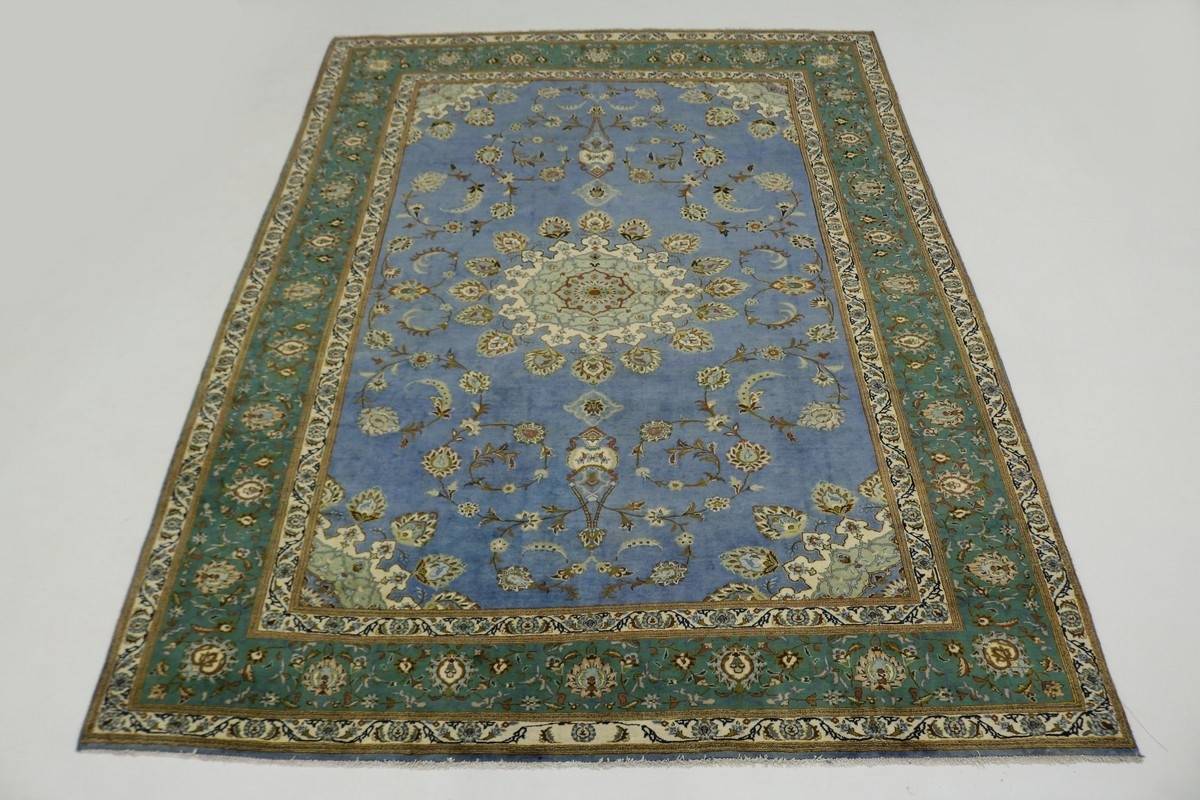
Is Abrash supposed to be considered a flaw?
Abrash is not termed as a flaw by the experts although certain people appreciate uniform perfect rugs. It varies on the basis of preferences and tastes. Handmade oriental rugs are not perfect and abrash adds real charm to these rugs. The shading irregularities are natural and rug lovers get aesthetic pleasure in buying such rugs. The machine-made rugs have features of abrash for adding real charm but they are cheaper, differ in quality, and are reproduced extensively.
Abrash in rugs is only one of the many qualities that a hand-knotted area rug has, among their other beautiful unique imperfections. Embracing these imperfections and artsy qualities is what makes them so valuable and a long-term artifact to inherit into your family. Plus, it adds so many rich topics to talk about and discuss when your friends come along to visit. Impress them with lovely pictorial/historical handmade Persian area rugs in your new decor living room.
Explore more trending collections!
Share:


